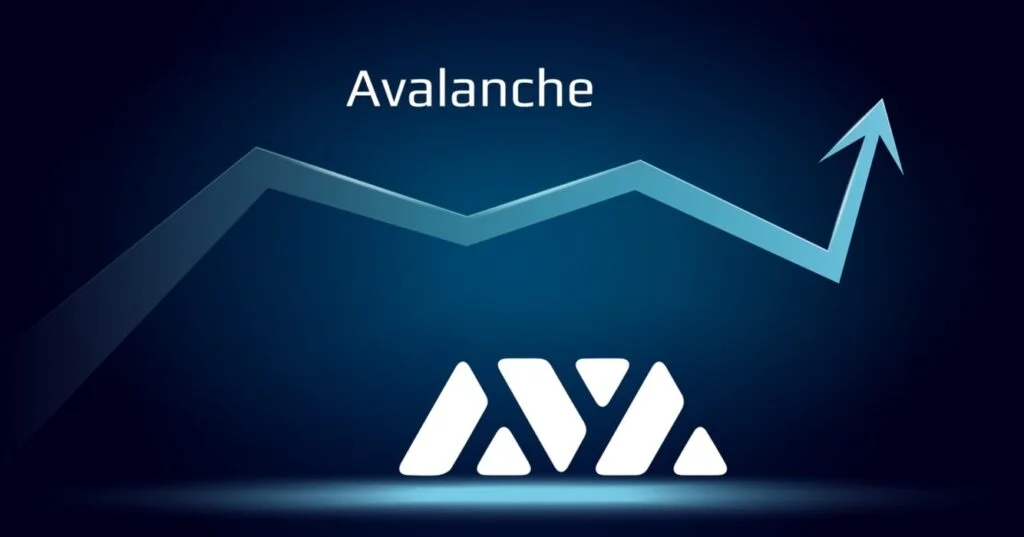Avalanche is currently testing a framework for building high-performance Virtual Machines (VMs) from scratch on the network.

Blockchain layer-1 contract network During testing of the HyperSDK blockchain upgrade, Avalanche’s testnet reportedly surpassed 140,000 transactions per second. Avalanche is evaluating a network-based framework for constructing high-performance Virtual Machines (VMs) from scratch.
Ava Labs claims that HyperSDK is structured so developers can “plug into a lightning-fast execution environment without writing massive amounts of code from scratch.”
This facilitates the simplification and acceleration of custom VM development, making it more straightforward for developers to establish optimized blockchains.
HyperSDK attained a staggering 143,322 transactions per second in a controlled testing environment, according to a screenshot published on GitHub.
According to Coincodex data, Avalanche processes up to 4,500 TPS, Solana processes between 2,000 and 3,000 TPS, and Ethereum processes only 15 to 20 TPS.
#Avalanche HyperSDK, 143k TPS!!! 🤯🤩 https://t.co/LPBs9zO0Nk pic.twitter.com/m66EisQ9Ux
— JonB 🔺🔭 (@Jonbros01) September 2, 2023Nick Mussallem, the director of product at Ava Labs, stated that he anticipates real-world throughput to settle around 50,000 TPS eventually.
“They’ve clocked at it at 141,000. But that’s in a very controlled environment. So I think if you were to cut that in half, it would still be very generous and probably will do more than that.”
Referring to the blockchain trilemma, which is the delicate balance between decentralization, scalability, and security, he stated that nothing was sacrificed, adding that the Avalanche developers wrote it from inception to handle state management more efficiently.
“Basically took out a lot of the stuff that was in the EVM (Ethereum Virtual Machine) that they felt was unnecessary on the networking layer, or at the storage layer, and then put our consensus algorithm underneath it. And it just goes fast. Now it’s optimized.”
HyperSDK-built blockchains will operate as HyperChains subnets and can be tailored to serve the developer’s desired purpose. The graphical user interface (GUI) will not require additional coding, and developers will have VM options. “You can literally launch it in five minutes,” Mussallem explained.
Marketing firm desires 90 percent of the Japanese populace to use Web3: KBW 2023. Mussallem said that HyperSDK was open source and available now, ” “but it’s very much in the early beta stages.”
He added that it has not yet been launched and is not production-ready, as it is scheduled for the end of the year.
